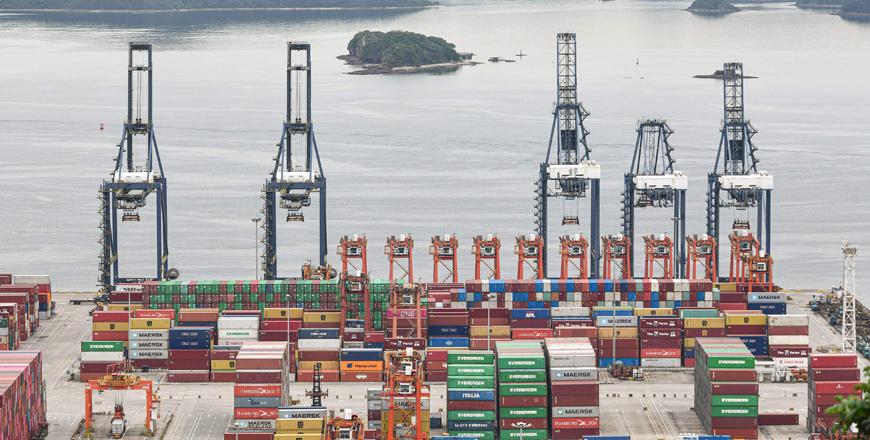- Local News
- Web-2021-07-14 | 02:11 pm

Nayrouz News Agency :
China's economic growth slowed in the second quarter as the country's army of consumers remained hesitant to splurge and exports were dented by disruptions, according to an AFP poll of analysts.
The world's second largest economy has staged a rapid recovery from last year's pandemic-induced slump, but the investment and manufacturing rebound fuelling it now seems to be fading — and other drivers are not picking up fast enough.
It is forecast to have grown 7.7 per cent on-year in April-June and 8.5 per cent for the full year, according to a poll of 12 analysts conducted by AFP.
While the quarterly figure would be much slower than the record 18.3 per cent seen at the start of the year, that jump was largely driven by the low base of comparison owing to large parts of the country being locked down to prevent the spread of the virus.
Official figures will be released on Thursday.
The virus first emerged in China in late 2019, but the strict containment measures meant the disease was brought under control fairly quickly, allowing the country to be the only major economy to expand last year.
But analysts note that the economy has been expanding more slowly since the start of 2021 as the pandemic drags on globally.
"The production side of the economy is... under pressure amid increasing supply challenges," Moody's Analytics Economist Christina Zhu told AFP.
"Input shortages, surging raw material costs, and shipping disruptions are weighing on the country's manufacturers, threatening to drag down the country's growth," she said.
China's factory activity has been bogged down in recent months by supply shortages of key commodities and semiconductors, which are used to make a range of goods from electronics to vehicles.
Export challenges
The government has also "put the brakes on lending in order to stop the rise in private corporate and household debt", said Hao Zhou, senior emerging markets economist at Commerzbank
"The industrial sector has so far remained relatively unimpressed by this," he added, pointing to expectations of slowing industrial output.
Unlike most other countries, the government has so far refused to embark on a big-spending stimulus drive as it looks to prevent overheating.
However, on Friday the central bank lowered the amount of cash lenders must keep in reserve, which it said would pump an extra $154 billion into the economy.
Another potential drag comes from exports as demand is weighed by the pandemic as well as supply and shipping bottlenecks.
A backlog caused by a coronavirus outbreak among port workers earlier this year severely hit shipping container movement and exacerbated existing challenges.
While export growth beat expectations in June, the government warned the pandemic continued to cause headwinds with customs spokesman Li Kuiwen saying there were "many uncertain and unstable factors facing foreign trade development".
Although China's growth drivers are widely expected to move from industrial production to services, Wu warned recently that "household consumption recovery remains fragile", with data showing holiday spending was 25 per cent below pre-pandemic levels in June.
Still, he believes consumers will eventually "become more comfortable with public health conditions and their own economic situation".
China has ramped up its vaccination drive in recent months, and has now given out around 1.38 billion doses — although it does not make publicly available what percentage of the population have had the jab.
The World Bank cautioned last month that full recovery would require continued progress towards widespread immunisation against COVID-19.
"The prospect of reaching herd immunity this year has increased, which could bolster consumption in the second half," said Oxford Economics lead economist Tommy Wu.








